Dana's update: This week, I’m trying to wrap everything up for The Bridge to get ready for the symposium in New York. To get ready, I’ve been working on three main things: talking with Richelle about hanging art, and editions and pricing, and finalizing the text for our collaborative project. This week, when Richelle and I talked via Google+, she explained how to hang lightweight art on walls without damaging the art. She has this cool method of putting nails into walls and then placing magnets over the head of the nail. The art hangs suspended between the nail and the magnet. I’m pretty sure my prints will be light enough to try this. My first set of prints from last week’s post was a test set. Now that I have printed these, I can select more neurons and dendrites to print, and maybe even print multiples of some of these images. Richelle explained how editions work in printing, and recommended that I make about 20 or 25 prints of each. Richelle explained to me that the funny thing about digital art is that it’s hard to define what is an original vs. a copy. Since the exact same thing can be printed multiple times, she told me digital artists use editions to designate a certain number of original prints. She showed me how to sign the back with the edition number. While these may all seem like commonplace logistical details to a full-time artist, this information was all new to me, so I’m really glad to have Richelle and Julia to ask about these things. My plan for this week is to print everything else I’ll need at the show, and to finalize the text for my collaborative project of illustrating science with Richelle. In finalizing the text, I want to make sure that I didn’t write anything that’s scientifically incorrect while trying to write with non-technical metaphors. Also, I may add a few new texts for Richelle to illustrate. Specifically, I am thinking about debunking the myth of being “right brained” or “left brained.” (In case you’re curious, you should know that your whole brain works all the time. Unless you have a specific disease.) I also would like to debunk the myth that people use 10% of their brains. People are complex – we perform complex actions, use language, make coordinated movements, think about complicated stuff, and all these actions keep our whole brain working all the time.
Here are photos of some of the images I’m planning to bring: Contact me ([email protected]) if you are interested in the art and want me to send you a photo where it’s easier to see the prints individually. I’m thinking about starting a website to display my art more clearly, but for now, just email me and I’ll happily send you photos and details.
Richelle's update: This week I found source material to brainstorm several new illustrations. Content includes stress symbols (sticky notes, flustered faces, clocks, tense muscles, etc.) in response to Dana’s question, “[i]s autism more common now than in the past?” As discussed in her response, environmental factors like stress on the mother may cause autism to be more prevalent in her child. I am starting to merge various symbols of stress into a clock-like form to imply how a highly demanding busy life can cause symptoms of autism inherited by the youth. This is still being evaluated, but seems to be a topic of research and inquiry. Drawing coming soon. In addition to continually brainstorming and creating new drawings, it is time to consider installation ideas for SciArt Bridge’s upcoming showcase event at the School for Visual Arts, New York. Tonight, I am researching good framing options to display the image/text content for our pieces. A stunning way to showcase drawings is to “float” the artworks in a frame to create a shadow, which makes the artwork appear to be more 3-dimensional. By utilizing white frames (as opposed to colored frames, metal, or exposed wood), the delicate drawings will be more prominent with a simpler and subtle frame. This upcoming week, Dana and I will be discussing our plans for installing and presenting our collaboration at the exhibition in February.
Dana's update: This week for The Bridge, I’ve been working on the text for my collaboration with Richelle. I have written answers to three questions about Purkinje cells and finding Purkinje-like shapes elsewhere in the world. I’m glad to be collaborating in this project because it gives me the opportunity to think more abstractly about my niche area of research and apply it to other things in nature. Each time I look for Purkinje patterns in the world, I find more and more examples. Here’s what I’ve written on this so far: “What are other examples of the Purkinje pattern in nature? Purkinje cells exhibit the most complex dendritic branches of all neurons. The dendrites of a Purkinje cell begin with one large branch that splits into two smaller branches, which further divide into medium sized branches, that eventually split into many, tiny, winding dendrites in an almost fractal nature. What is so visually striking about a Purkinje cell is how closely it resembles the shape of a tree. The tree shape above ground begins with a thick trunk that gradually divides into increasingly smaller branches. This tree shape, or Purkinje pattern, is found both microscopically and macroscopically across nature. In addition to trees and neurons, the Purkinje pattern appears in nature in antlers, coral, blood vessels, river tributaries, and broccoli, just to name a few. Even beyond nature, we have found virtual ways to use the Purkinje pattern in phone-tree networks, outlines with bullet points, and organizational file folders on computers. We use this structure to add clarity and efficiency to our lives, and we can speculate that it formed in nature so many times for a similar reason.” In addition to working on the text, I finished up the dendrite science-art that I was working on last week. Here are some photos of my prints: Check back next week for another update from me and Richelle!
Dana's update: This week, Richelle and I talked about more questions we could pose for our collaborative project, which will use both text and images to explore neuroscience. So far, most of the questions have been about autism research and why scientists work with animals. Richelle suggested that she could aim for more variety in the images if I wrote about more different topics. Since we were originally matched to collaborate based on our interest in microscopic and macroscopic nature, we discussed posing some questions about these patterns. With texts about what cerebellar Purkinje cells and other neurons look like, Richelle will have a chance to illustrate my neurons and draw comparisons between large Purkinje-shaped structures in macroscopic nature. So far, Richelle and I have found similar structures in Purkinje cell dendrites, coral, social networks, river tributaries, trees branches, tree roots, and broccoli. Here are some questions I am looking to create short texts for:
With these texts, Richelle and I would have some entries about autism, and some about cerebellar neurons. I think it would also be great to create entries about experimental techniques such as patching cells, as well as to create entries about who scientists are today and what daily life is like as a scientist. Maybe we’ll even create some entries about how to slice a brain! Here are some other questions I would like to answer in this collaboration:
If you have questions about the brain, autism, or anything else in neuroscience, tweet them @dhsimmons1, and I’ll get you an answer. Cheers!
|
GROUP TWODana Simmons
Richelle Gribble
|

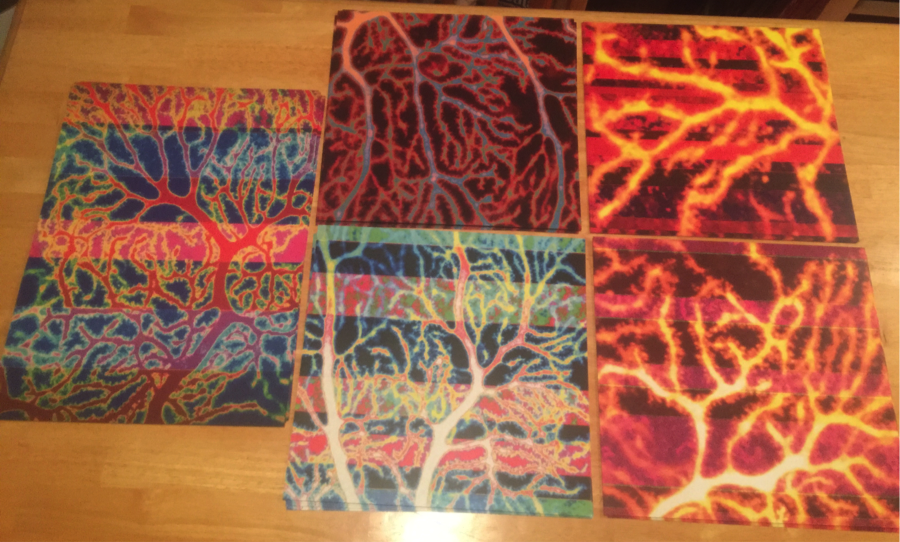
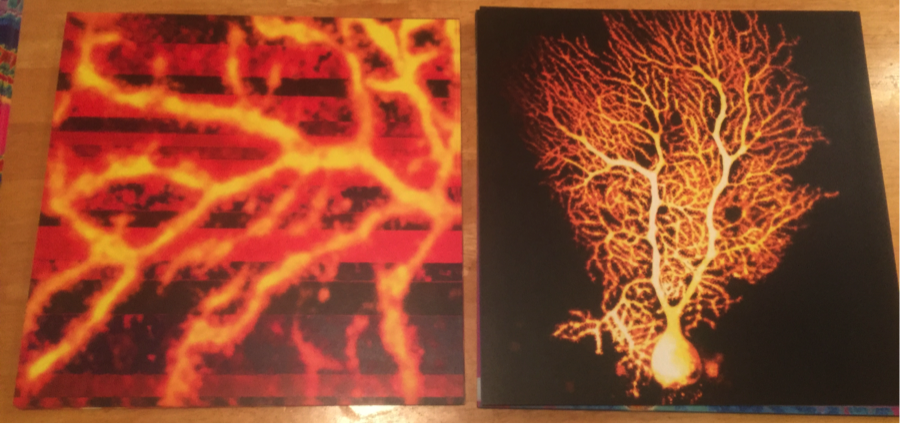
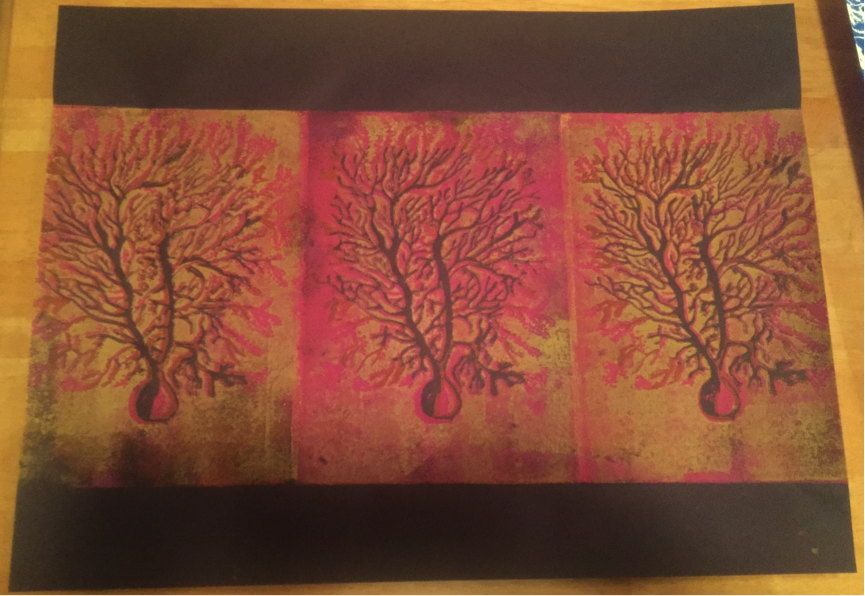
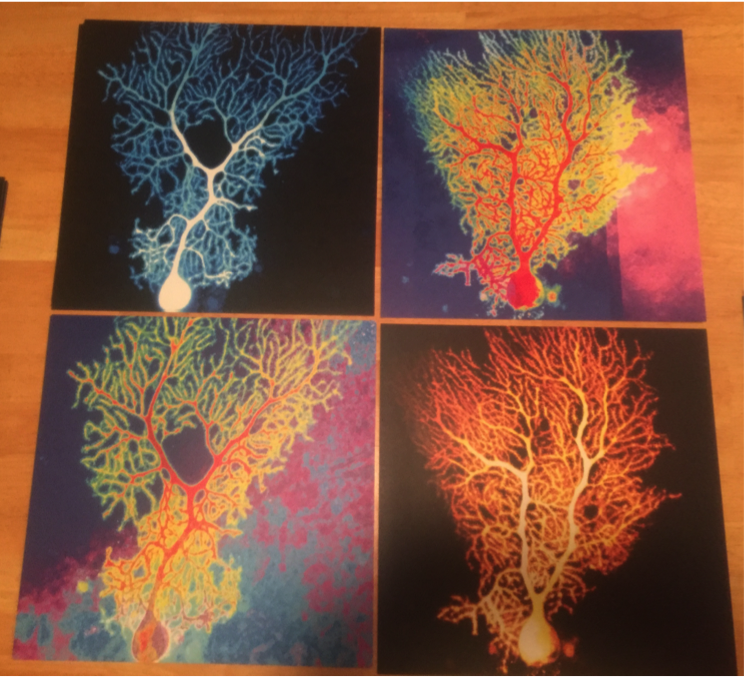
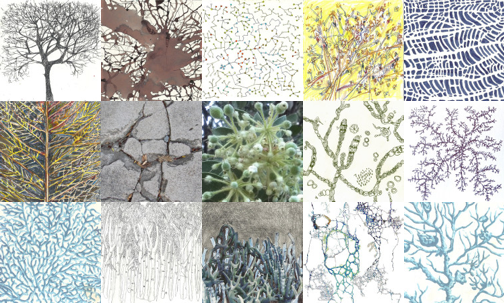
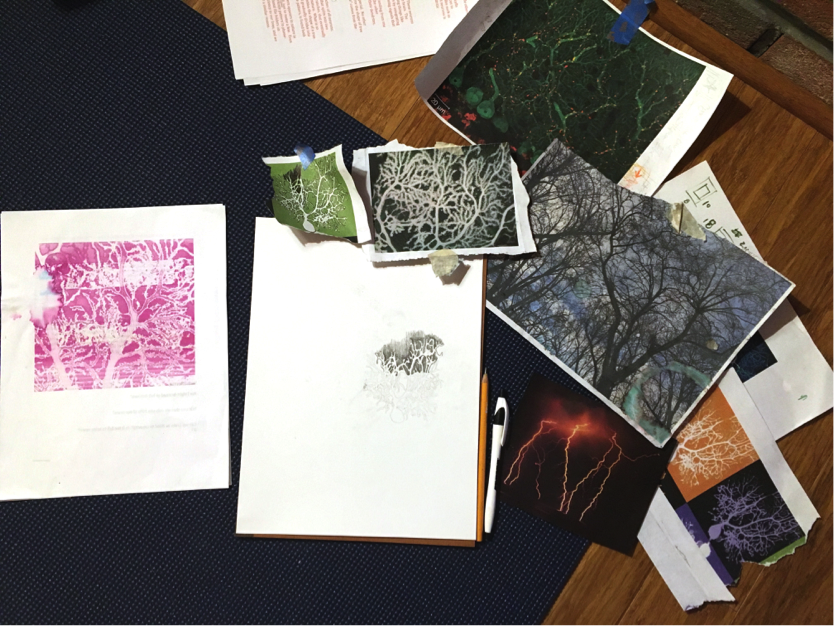

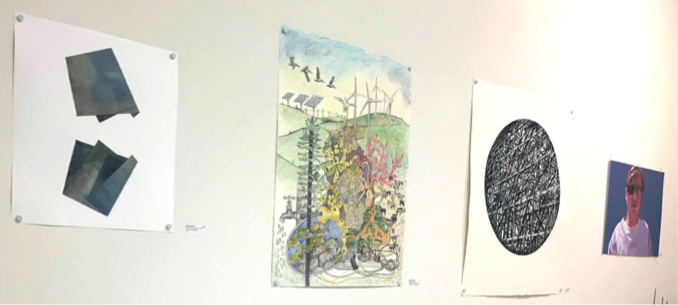
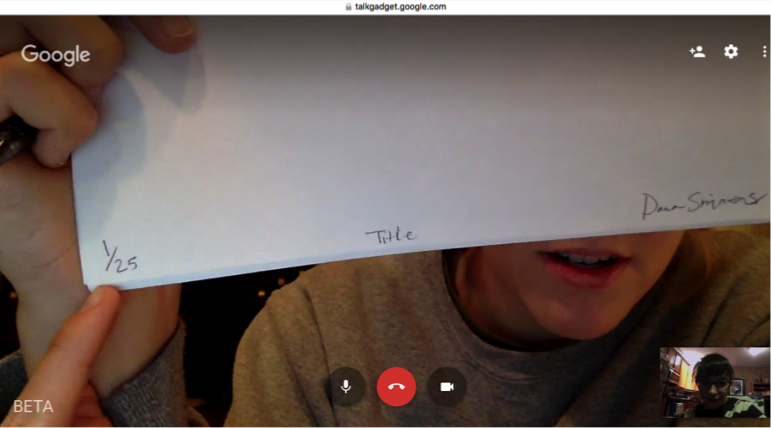
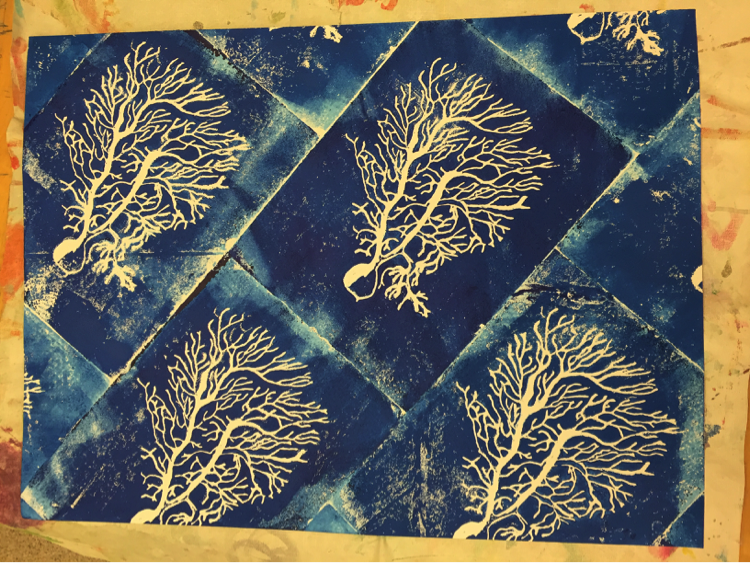
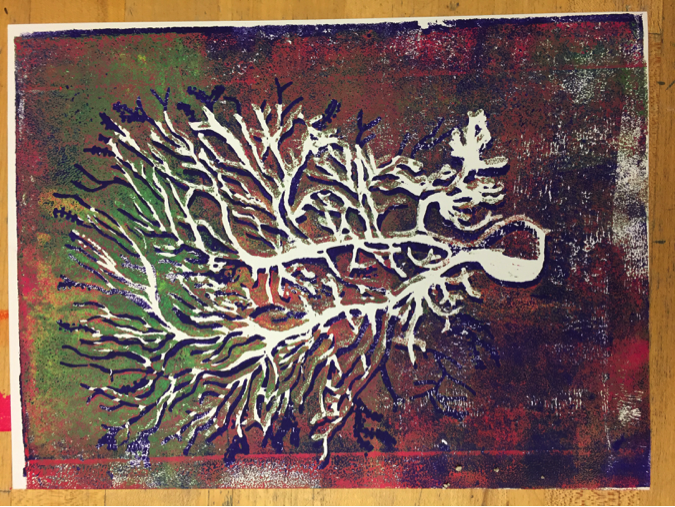
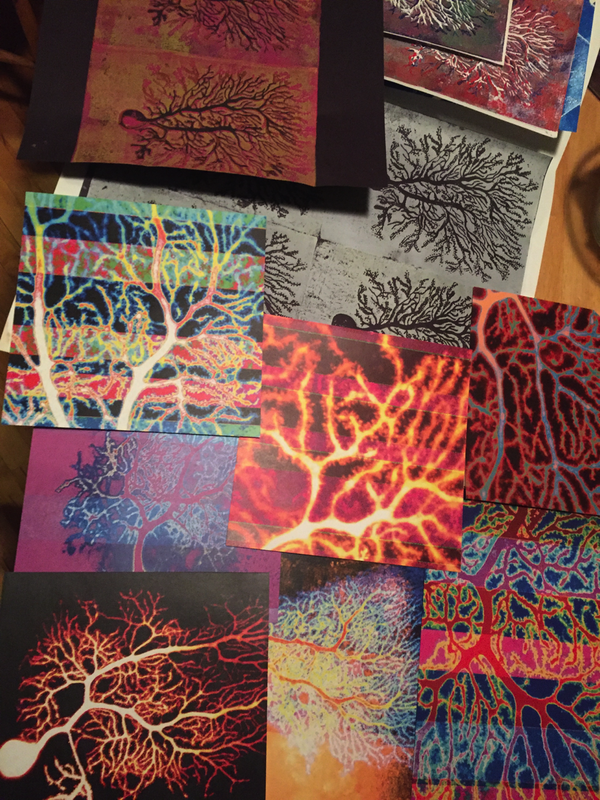
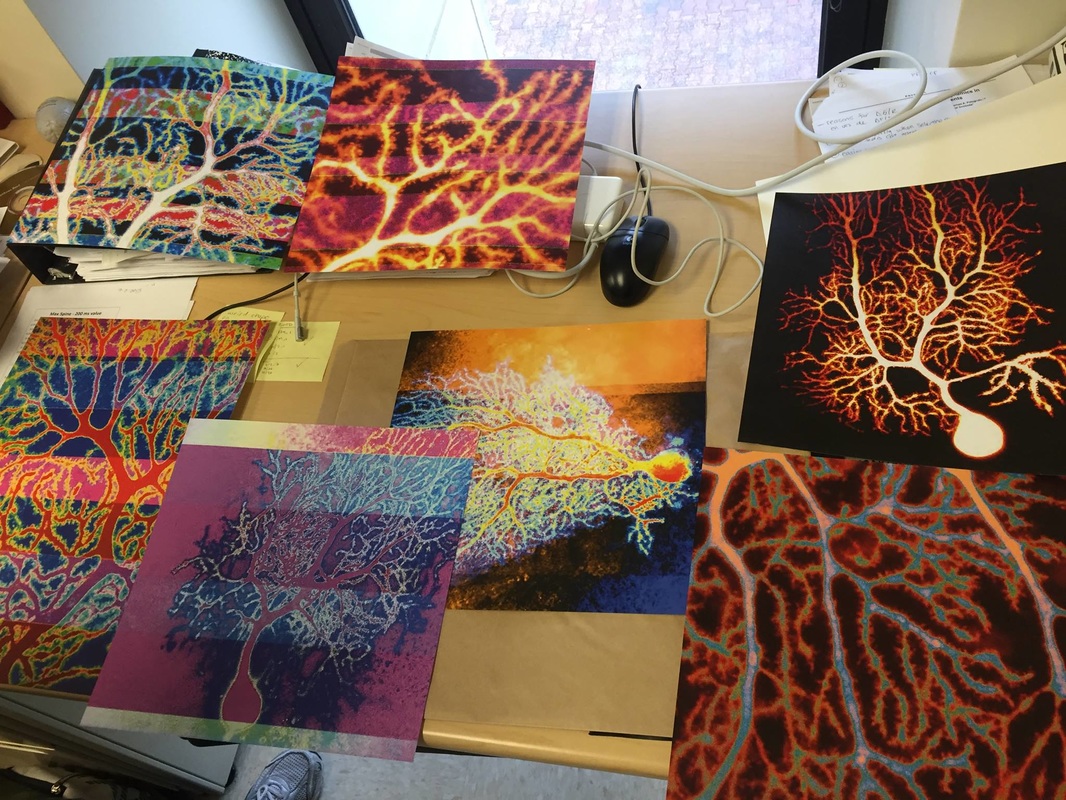
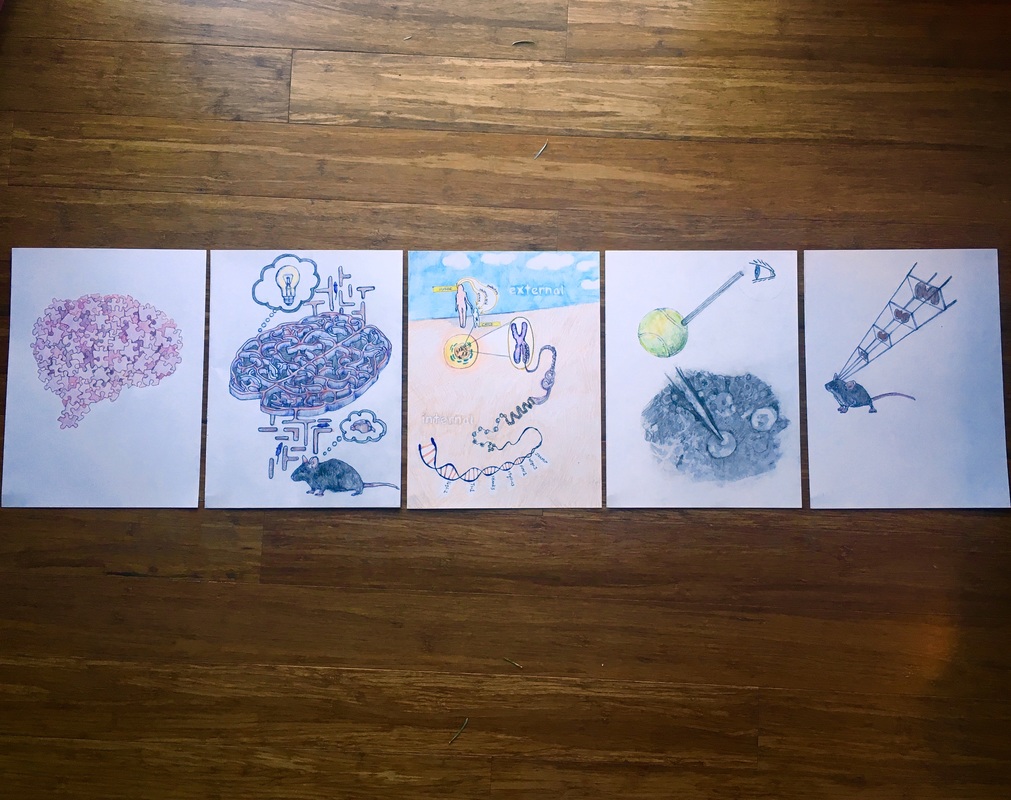
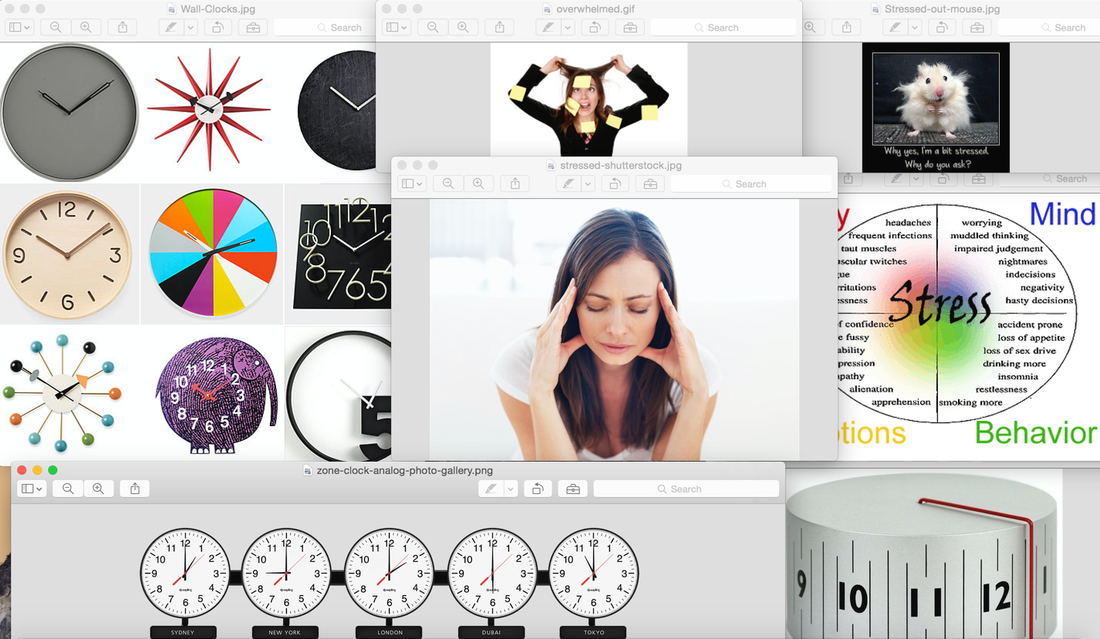
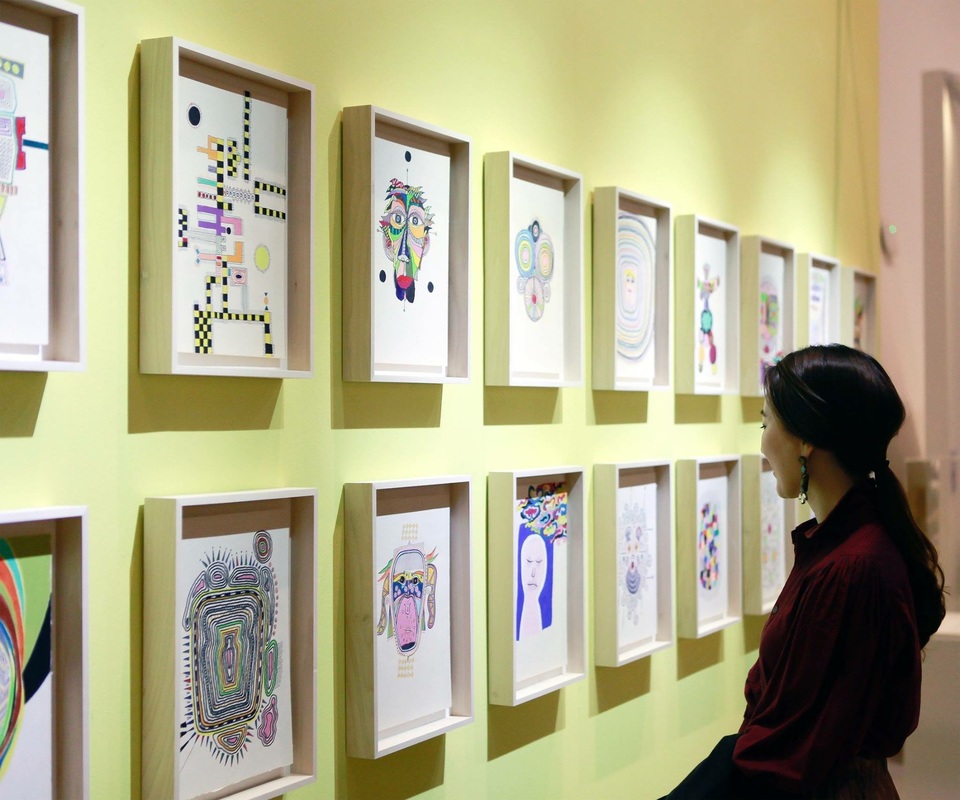

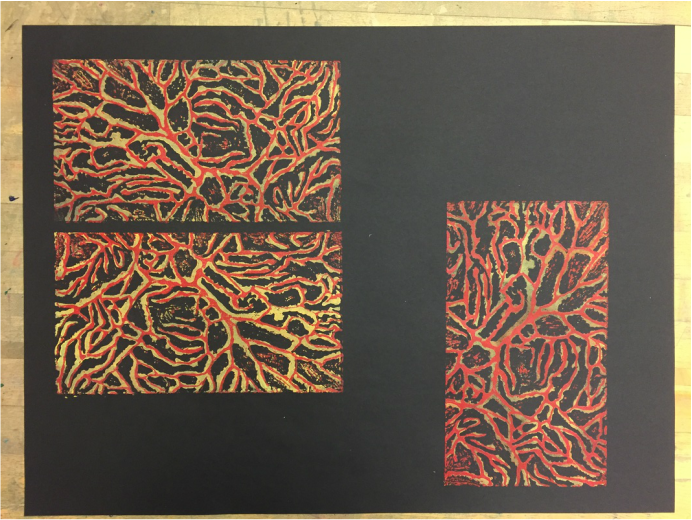
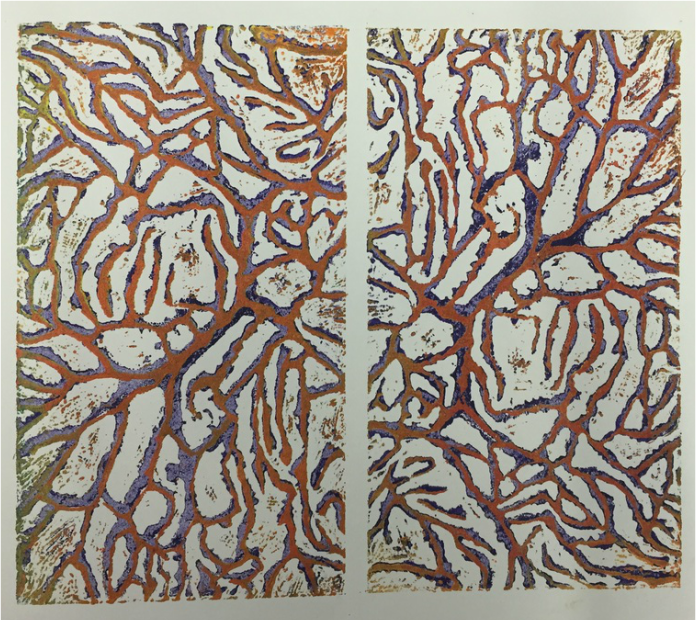


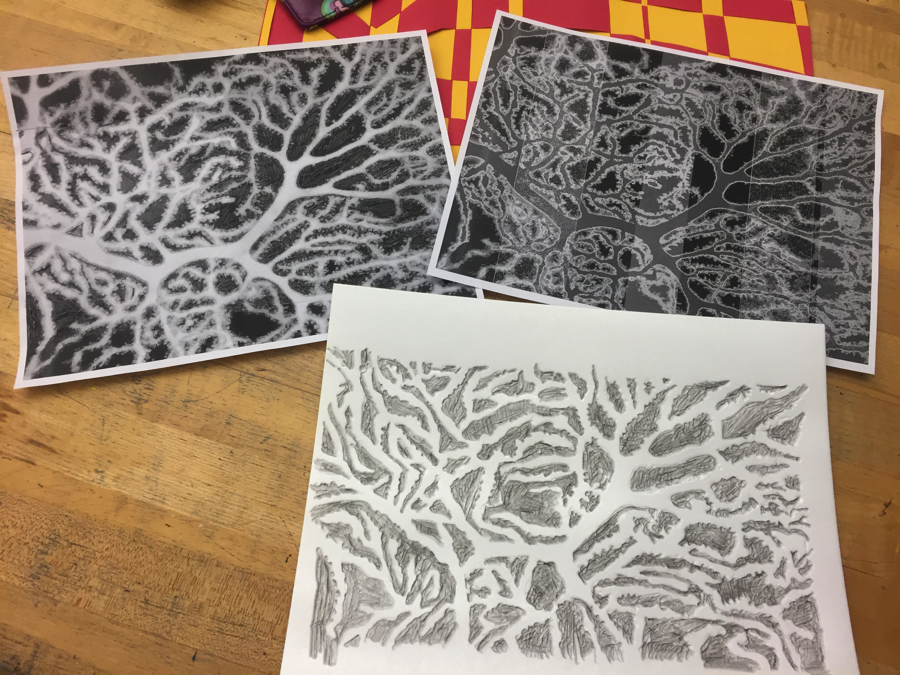
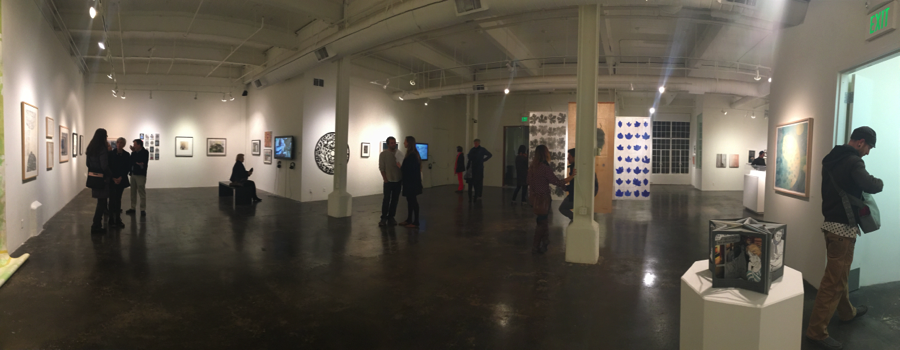
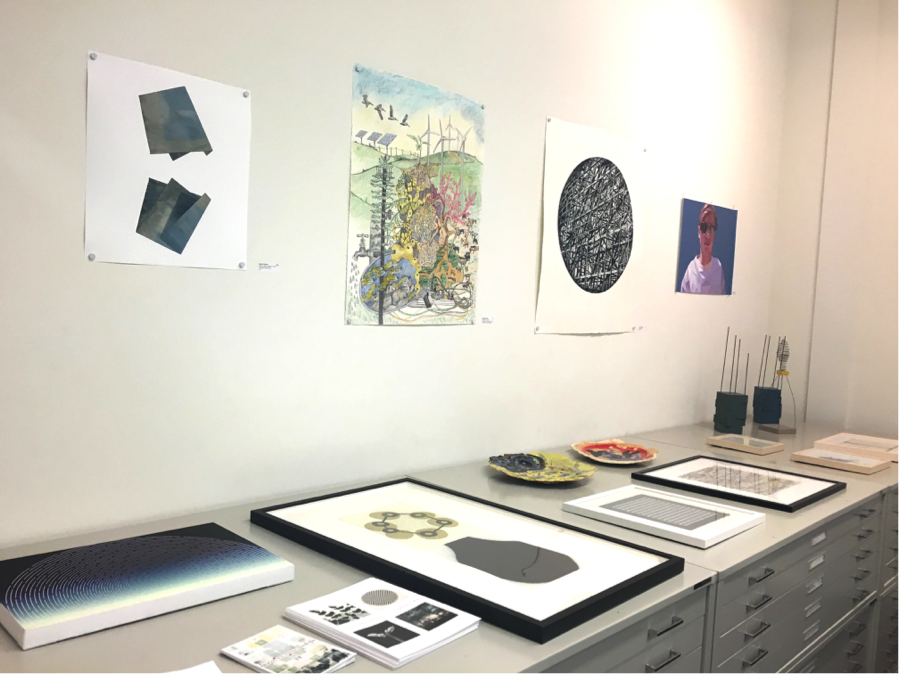
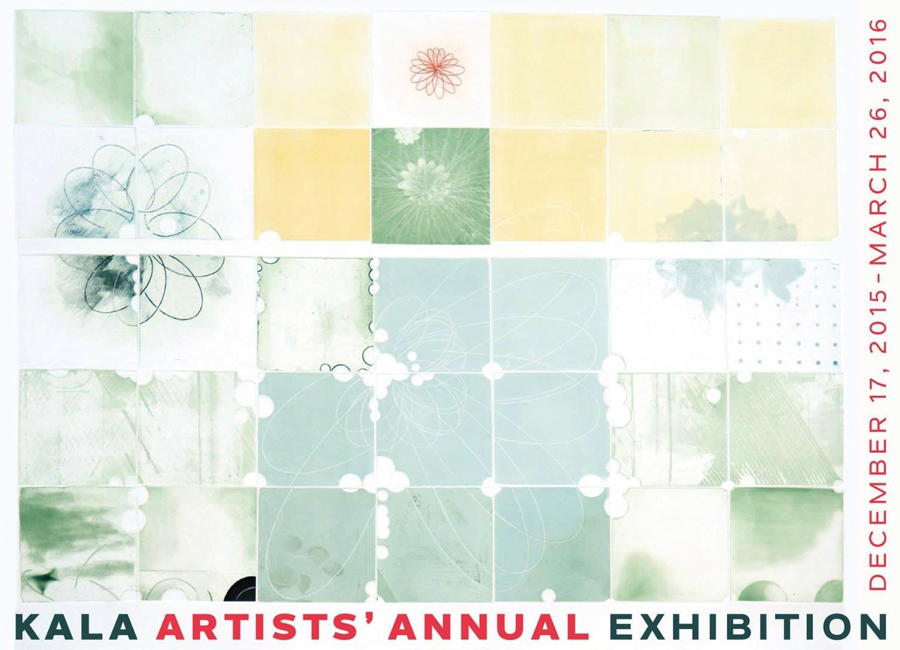
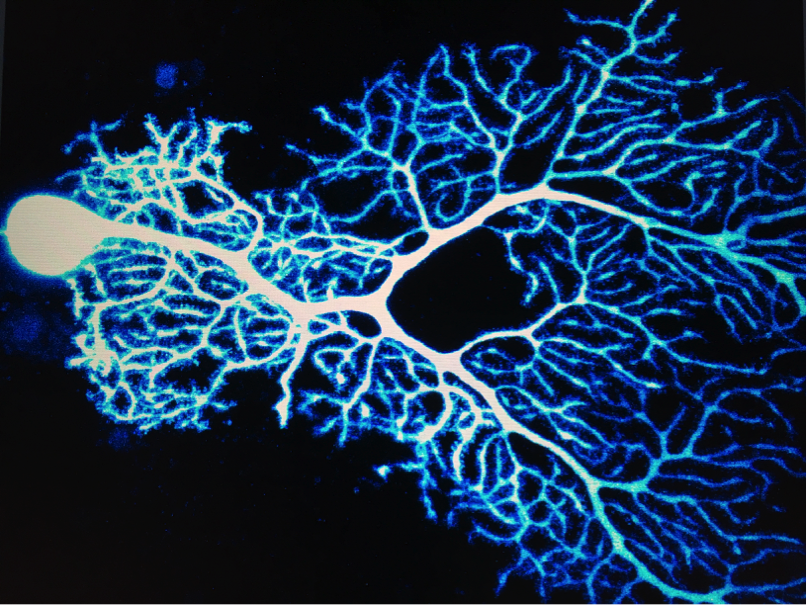
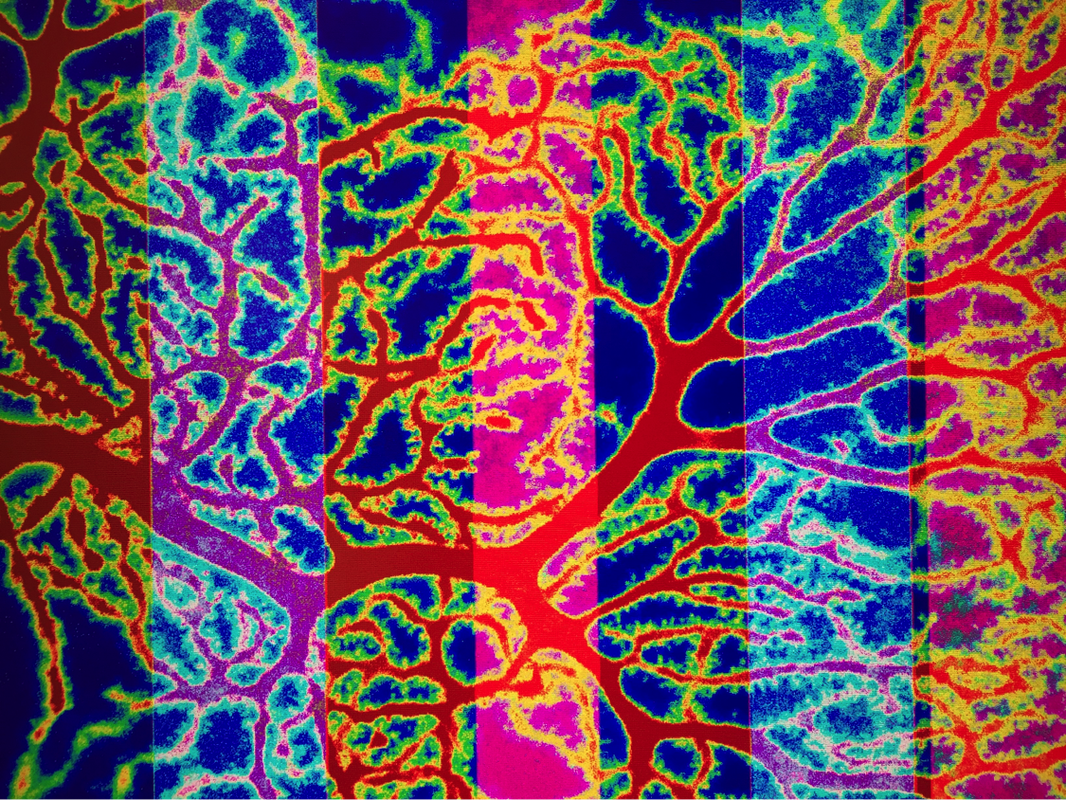
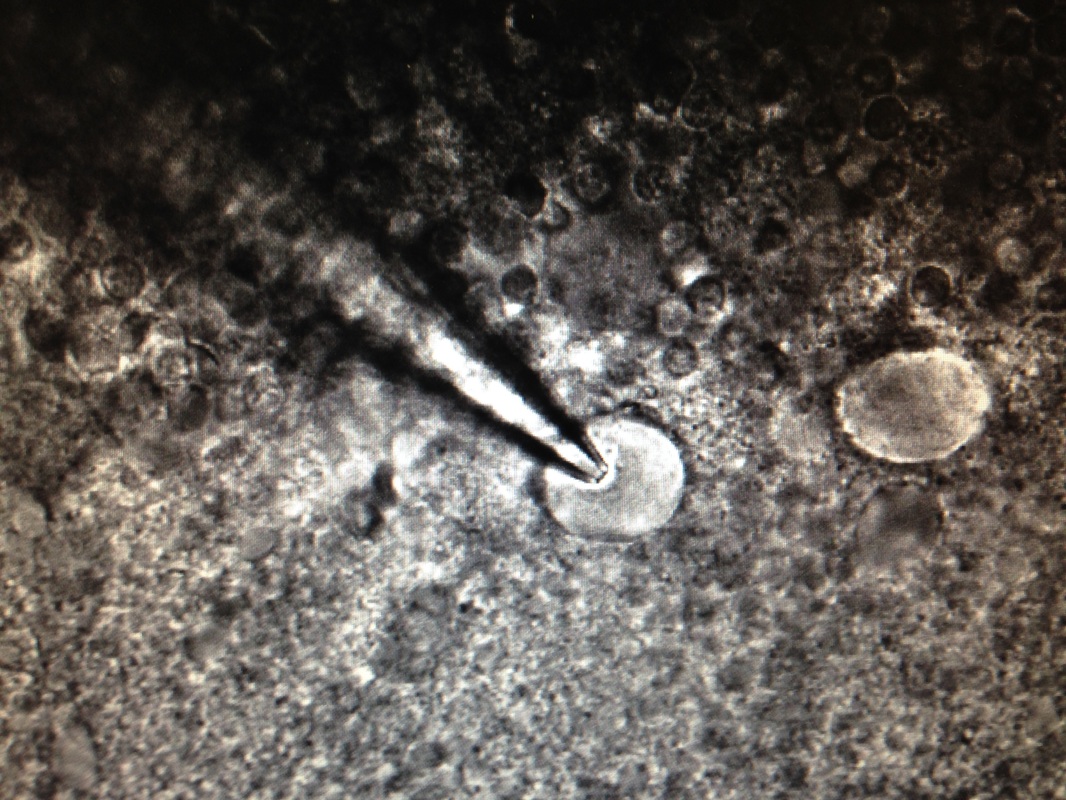
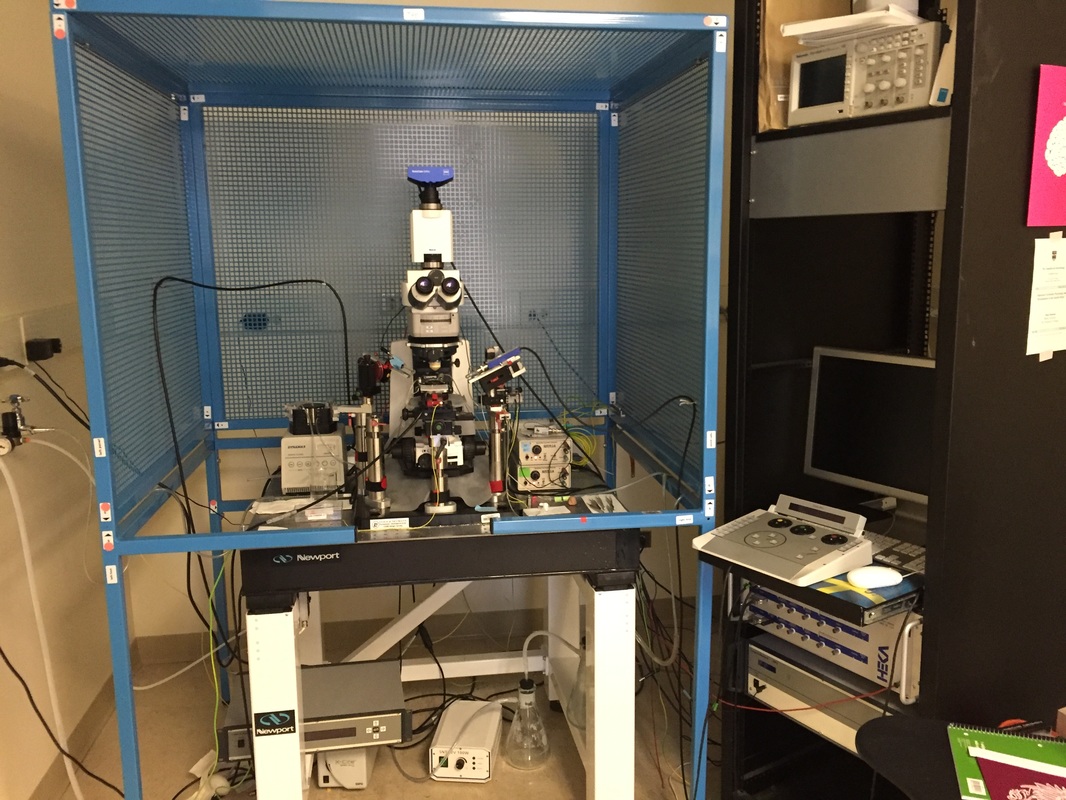
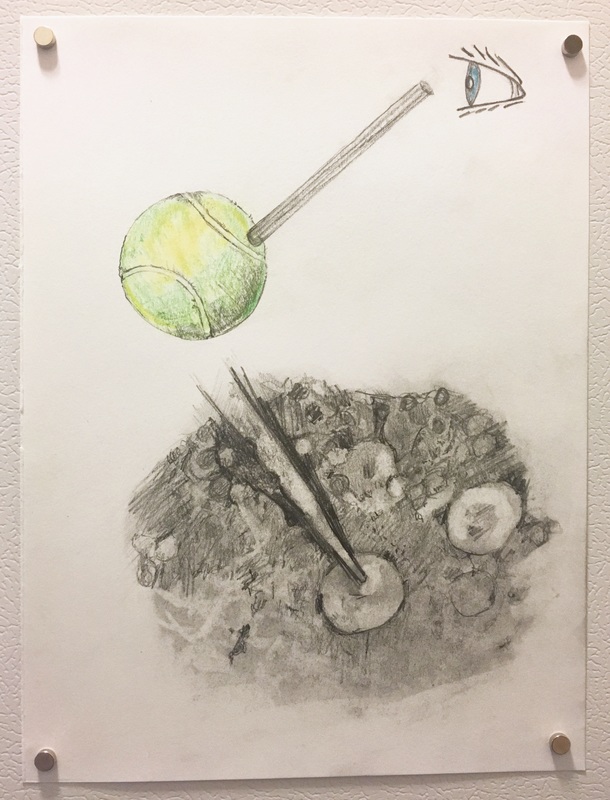
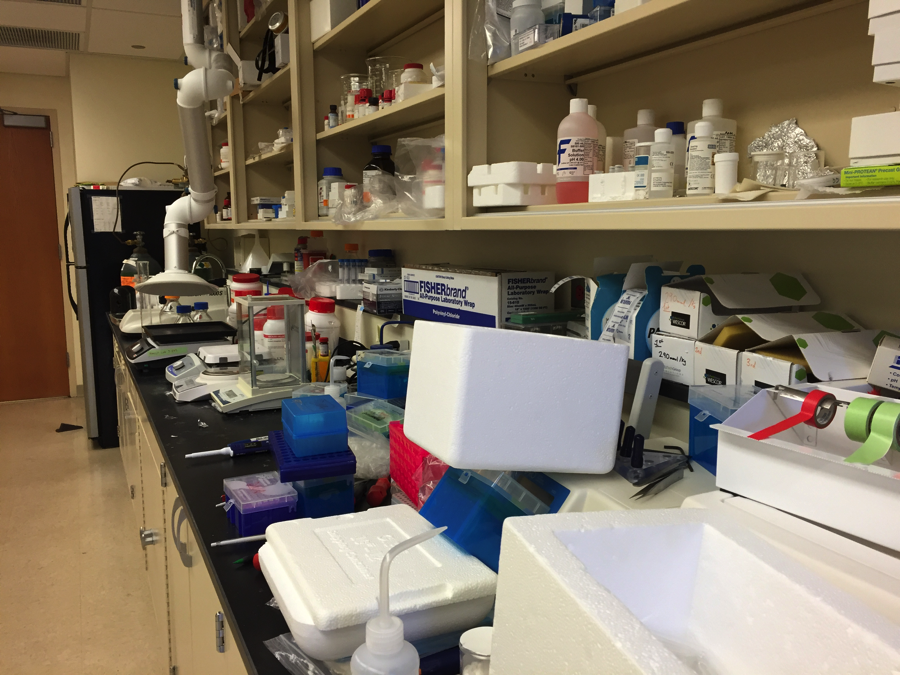
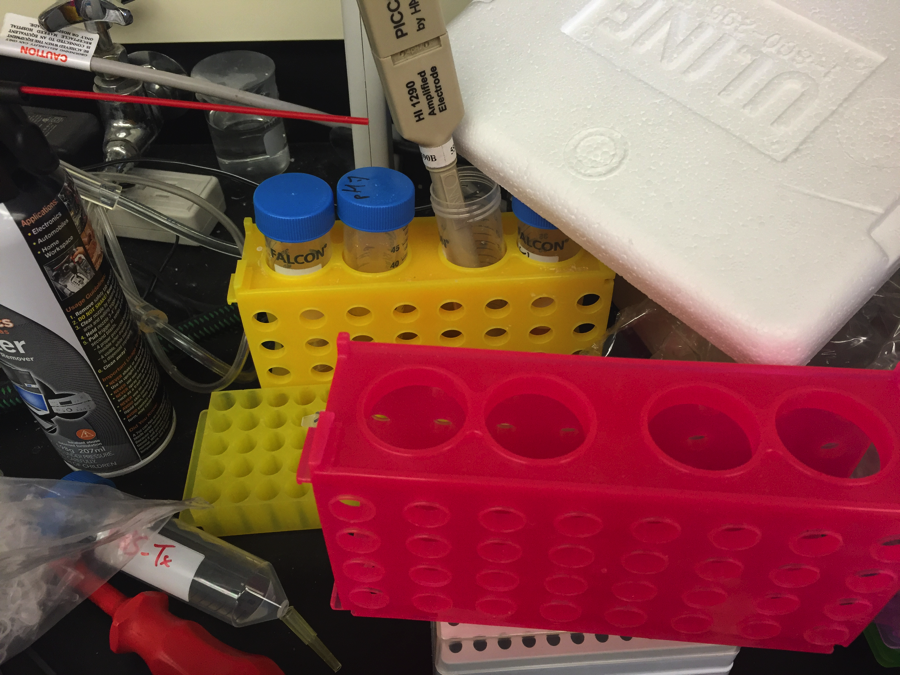

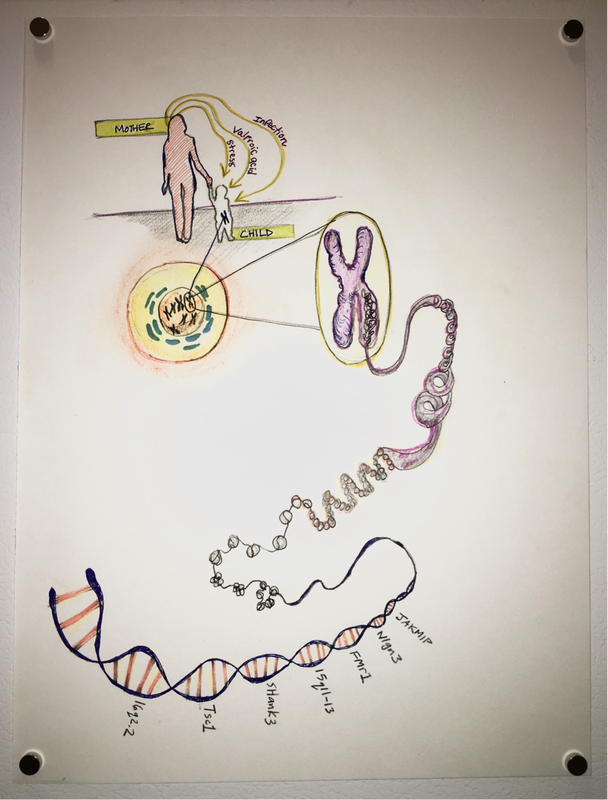
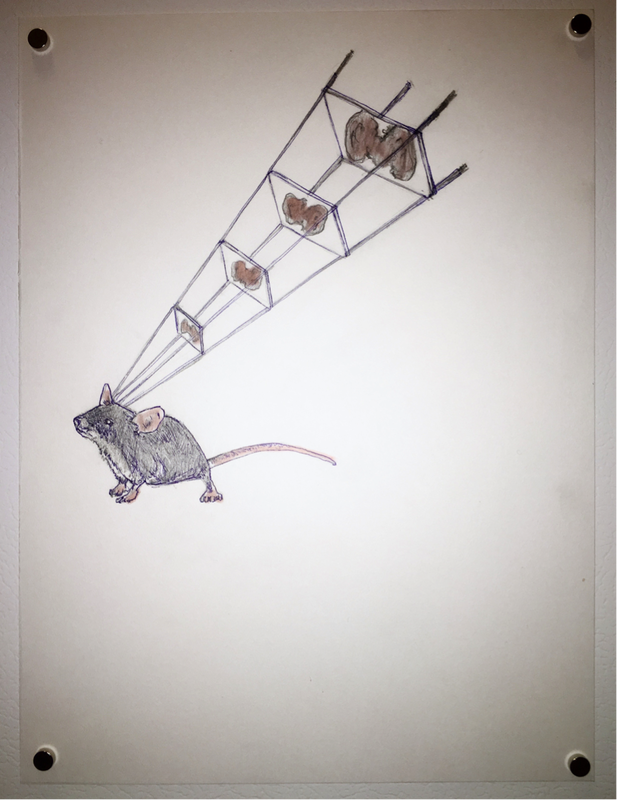
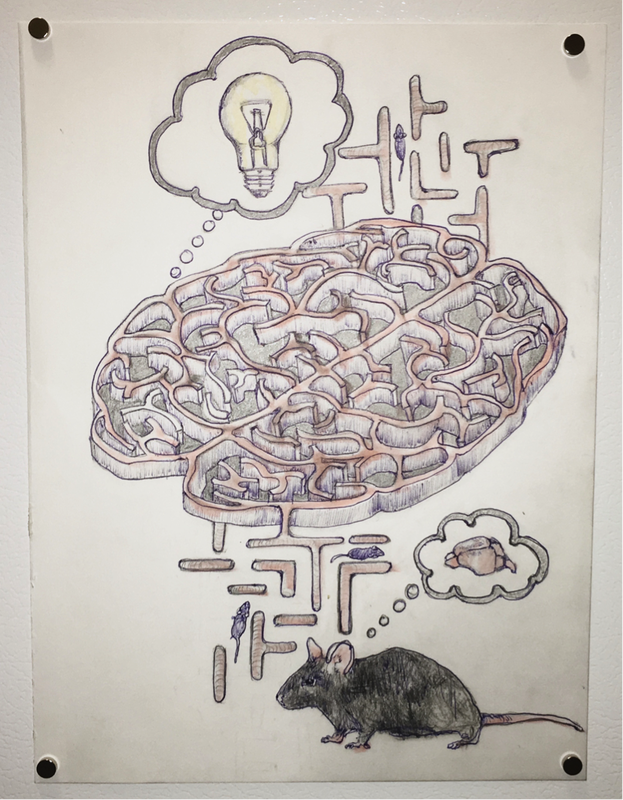
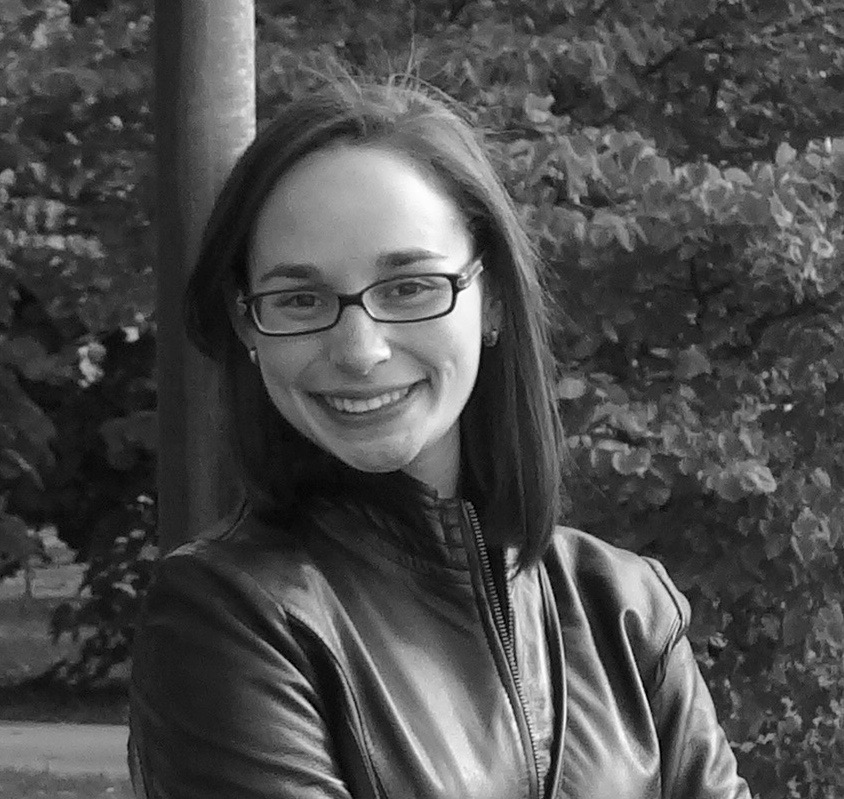

 RSS Feed
RSS Feed
